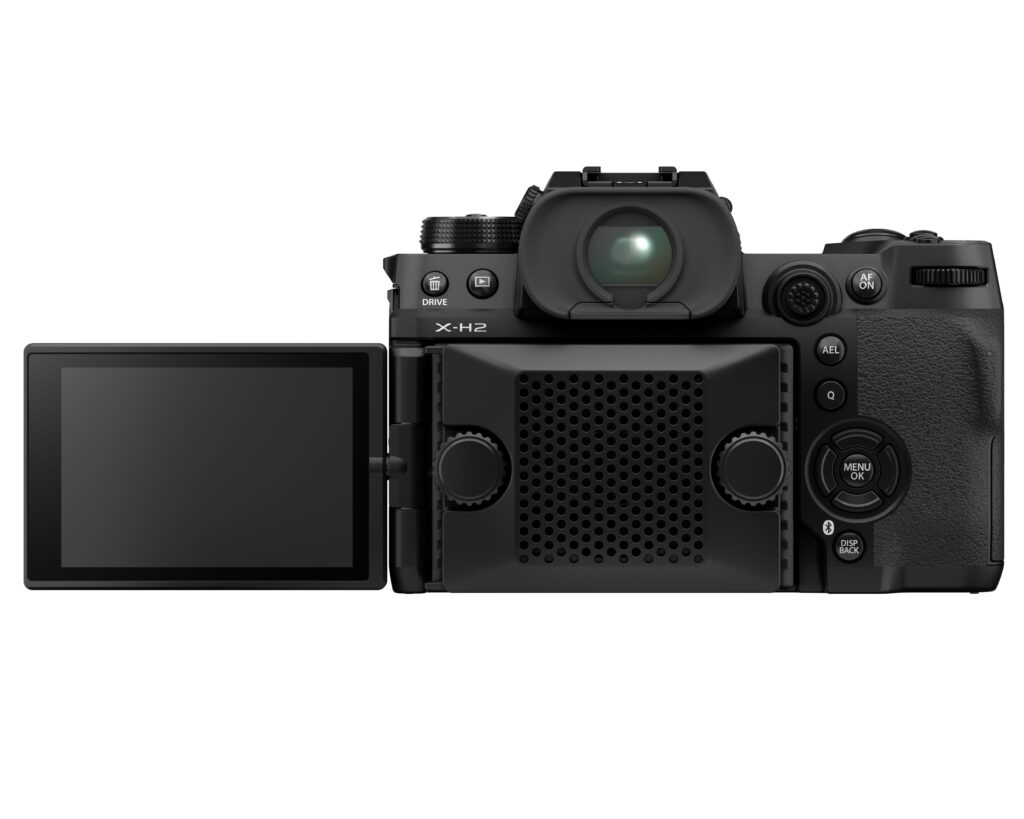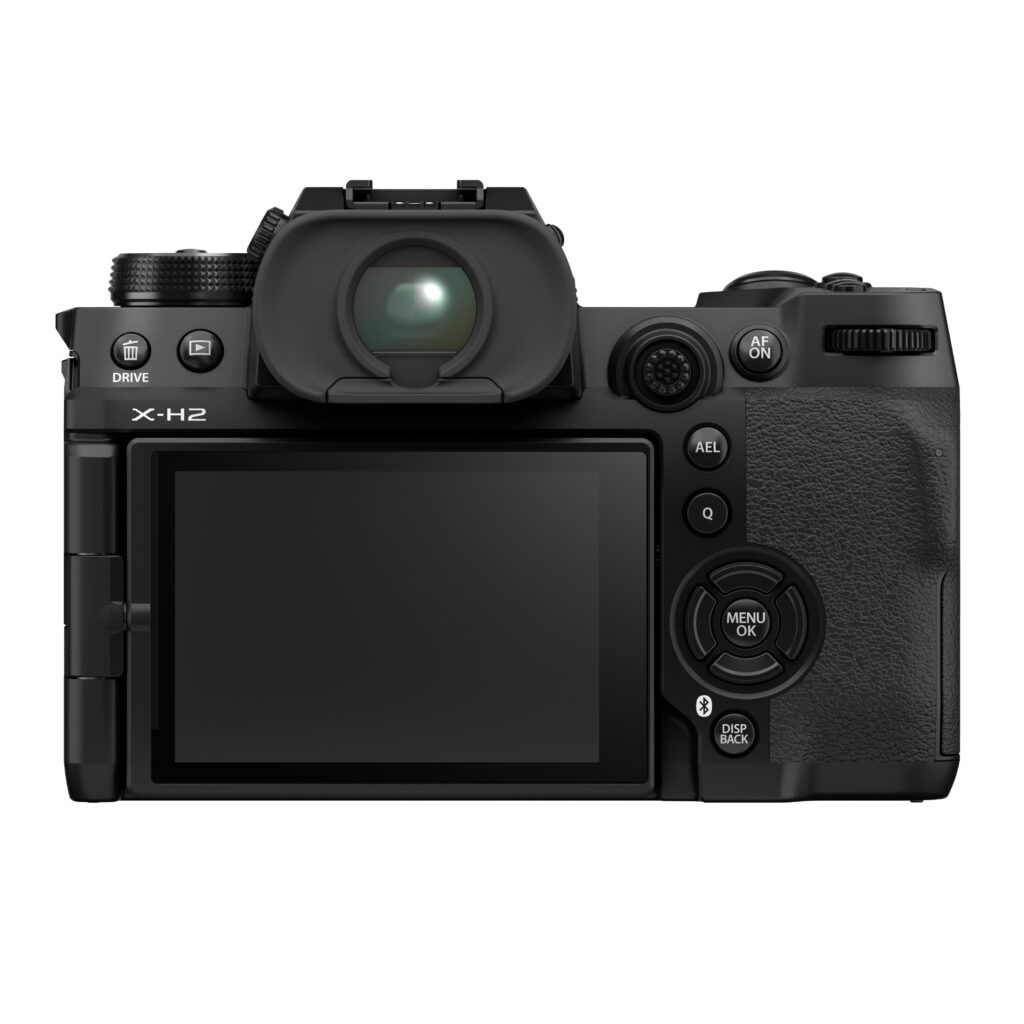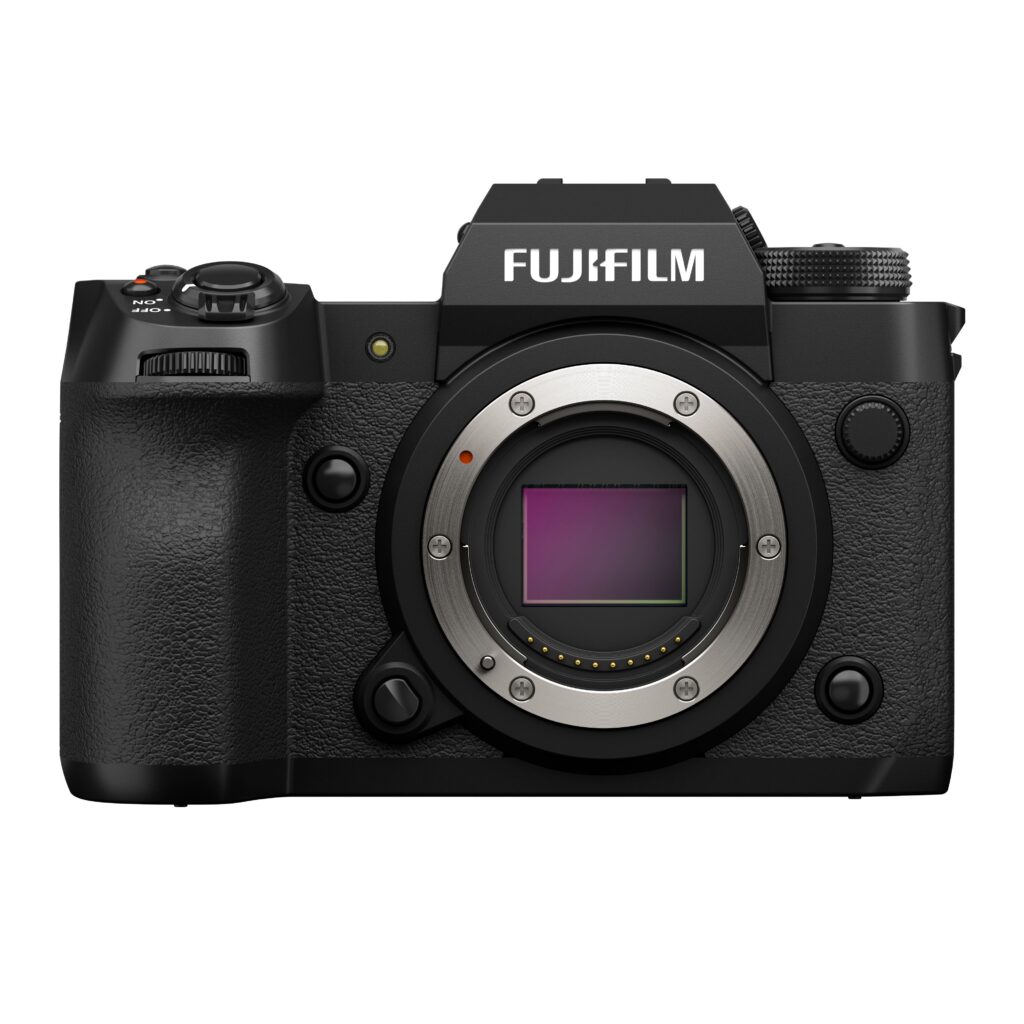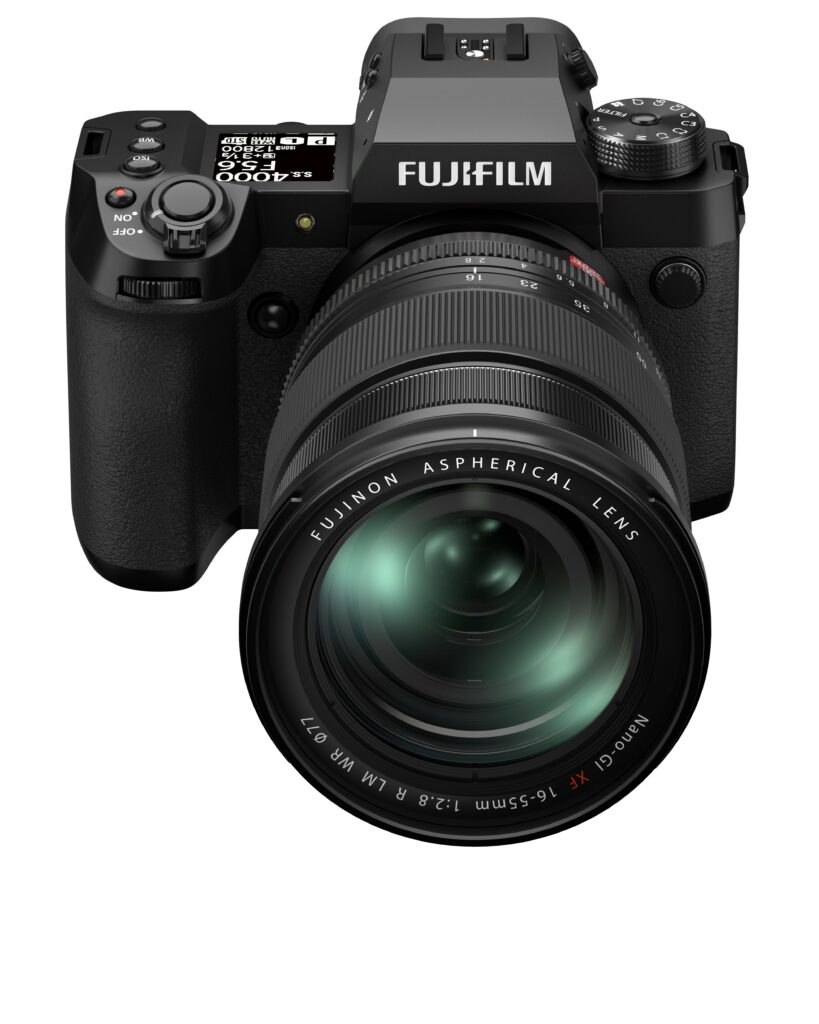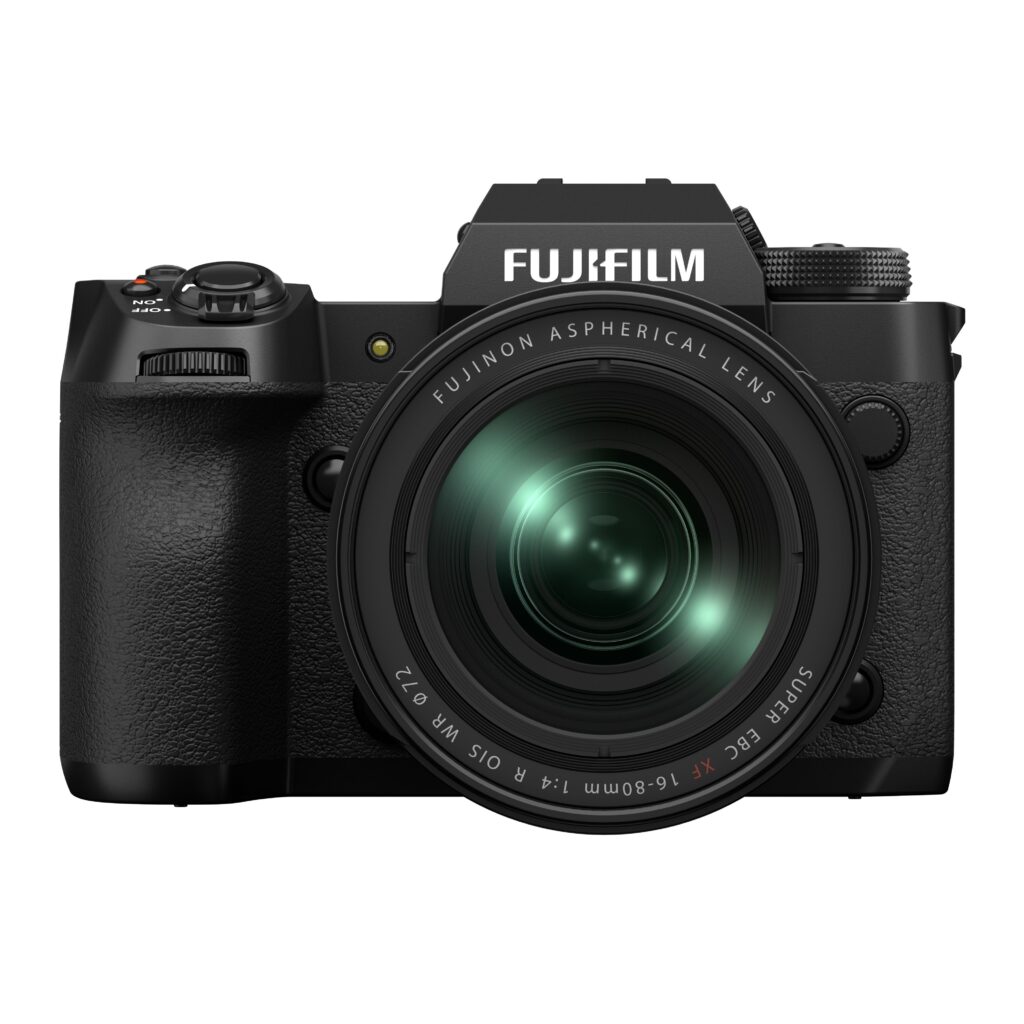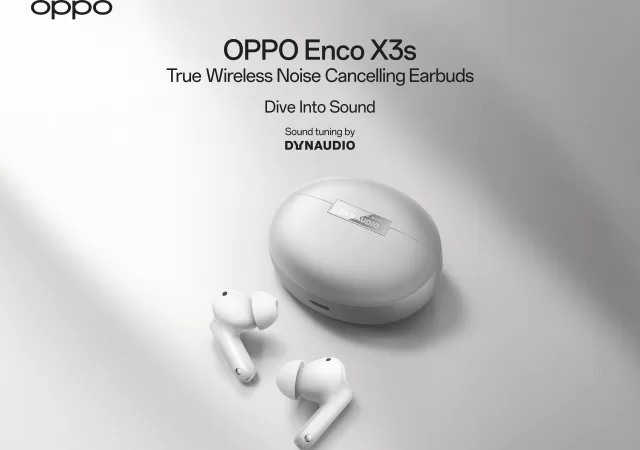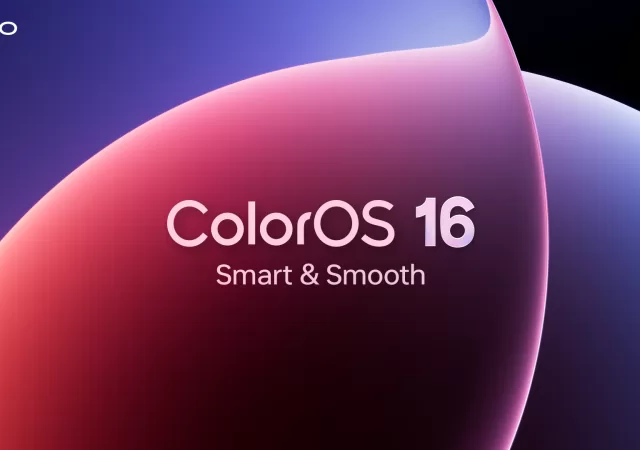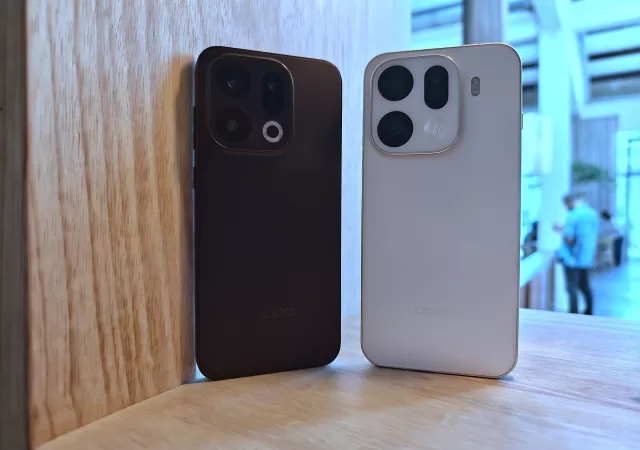When you think high-end cameras, you usually think full-frame sensors. In the case of a Fujifilm, full frame is not an option. You either go for the compact APS-C format, or medium format form factor.
To be fair, Fujifilm has been championing the APS-C form factor for a few reasons. While you get a smaller sensor, you are not losing that much from full-frame sensors in terms of image quality and detail. Of course, image quality and clarity are also affected by the lenses, so Fujifilm’s FUJINON lenses are made to the highest standards. The smaller sensor also allows Fujifilm to make their cameras more compact than regular full-frame sensor cameras. At the same time, APS-C sensors can naturally capture videos at super 35 format without odd crops.
In the modern era of photography as well, they make some of the world’s most advanced APS-C mirrorless cameras. With the Fujifilm X-H2, they have just redefined what a mirrorless APS-C can do. Yes, it is technically a more advanced camera even compared to the X-H2S.
The headline figure is impressive. There is 40.2-Megapixel on tap from a sensor smaller than anything you can get from Sony’s α7 series. While there are cameras out there with higher Megapixel count, you also want to keep in mind that APS-C sensors hardly fit more than 24-Megapixel. Having any more pixel on the sensors also means shrinking the pixels to sizes never seen. Then again, Sony crammed more than 50-Megapixel into their full frame sensor, something that was thought to be impossible.
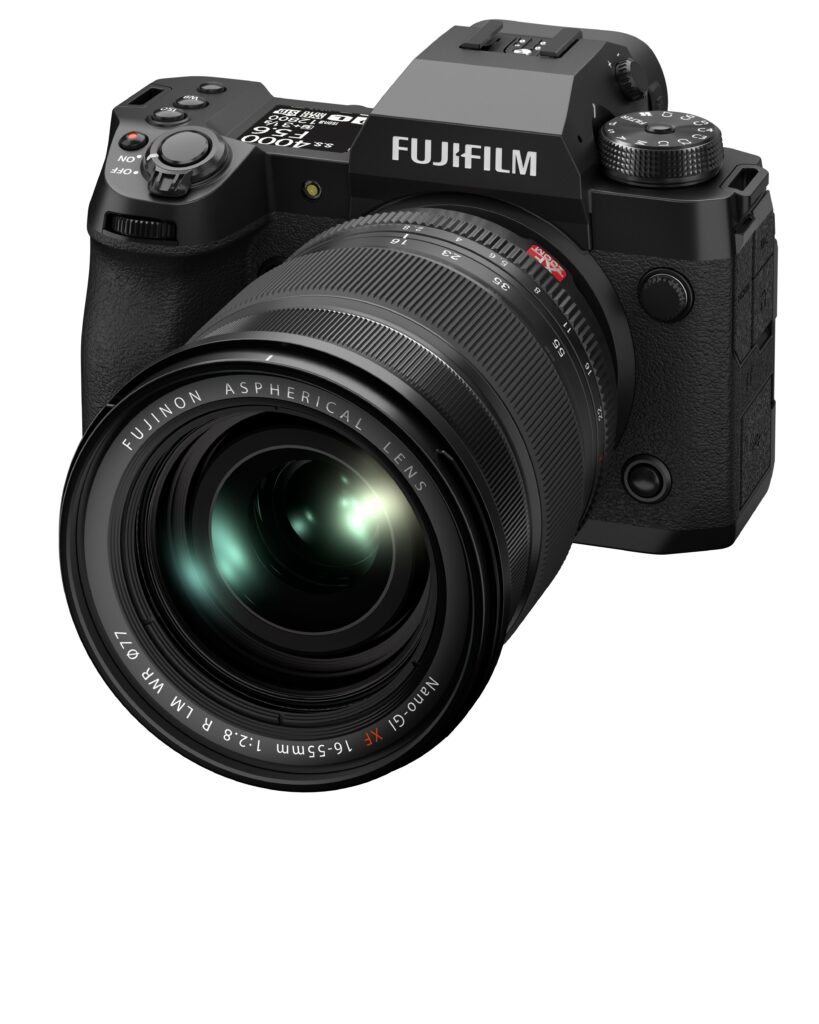
The larger sensor comes with Fujifilm’s proven X-Processor 5, the same one found in their X-H2S flagship shooter. The X-Processor 5 is a potent processor not just for still imaging though. It is also a powerful processor for video recordings. It allows the X-H2 to fully take advantage of the higher pixel count in the form of 8K video recording at up to 30 fps. It is capable of recording at up to 4:2:2 10-bit colours at 8K resolution too for up to 160 minutes, making it an even more impressive piece of kit. All of this is done internally too, so there is no need to get an external capture device.
On top of ProRes 422 format at 10-bit colour, you can push the Fujifilm X-H2 to shoot videos at 12-bit RAW with compatible HDMI recording devices. With an Atomos and Blackmagic Design’s recorders, you can even record at Apple ProRes RAW and Blackmagic RAW formats at up to 8K and 30fps. For more dynamic range, the X-H2 can record videos at F-Log2 that offers up to 13+ stops for even more details in your videos.
In terms of shooting stills, you can get the camera to shoot from as low as ISO125 and at a maximum shutter speed of 1/180000 seconds with electronic shutters for great photos in ultra-bright conditions. With up to 20 frame per second in high-speed shutter mode, shooting action and sports under bright lights becomes a breeze with the Fujifilm X-H2.
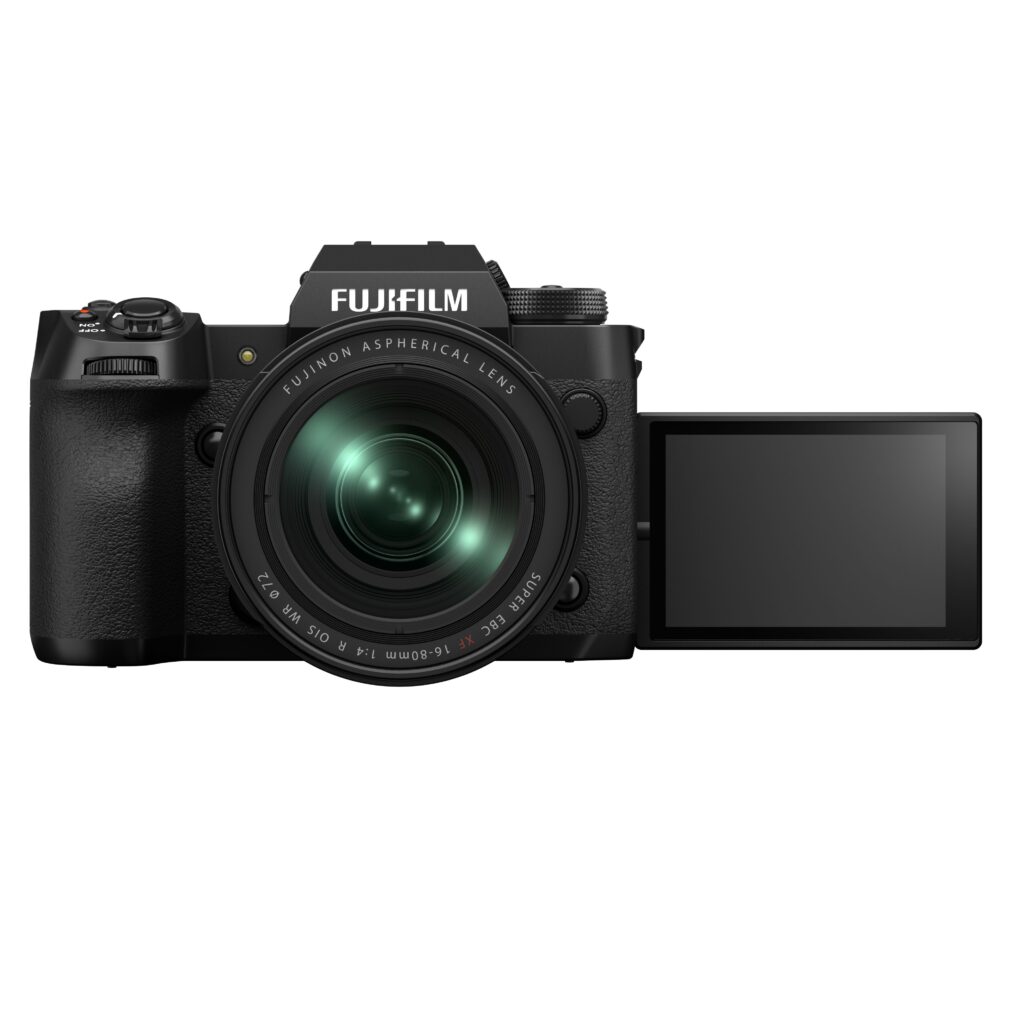
If you think that this is just a regular camera for enthusiasts with no place in the studio, you might want ot think again. The X-H2 can function and capture high-resolution stills like a medium format camera with up to 160-Megapixel in its resulting image. They call is the Pixel Shift Multi-Shot function that works with the 5-axis built in stabilisation mechanism (IBIS) shifts the image sensor with high precision and shoots multiple images automatically to create a high-resolution image that can be used in a commercial context.
Fujifilm did not disclose the number of autofocus points featured on the X-H2. They claim that the new camera packs more autofocus points than before for more precise and faster autofocusing speeds in AF-S mode. In AF-C mode, the camera is supposed to ensure a more stable and accurate autofocus on the subject. At the same time, with Deep Learning technology that allows the camera to detect a wide range of subjects for photography, the camera accurately tracks different subjects to ensure that users have one less thing to worry about in their photographs.
A fast camera needs a fast storage system, especially when you are talking about taking 20 40.2-Megapixel in a single second. For that you have the option to go for a regular SDXC card with support for up to UHS-II or Video Speed Class V90 storage. You can also work with the current more widely accepted CFexpress Type B cards that allows a more seamless video workflow too at 8K resolutions.
The Fujifilm X-H2 is expected to be available late into September 2022. You might see it in Malaysia early in October 2022 instead though. There are no colour options here, just the regular black, as with any other high-end camera available in the market today. The camera body will set you back US$ 1,999 (MYR 9,086*) when it is available. For more information on the Fujifilm X-H2, you can refer to their website.
*Approximately based on exchange rate of US$ 1 = MYR 4.55 as of 19/09/2022 on xe.com



